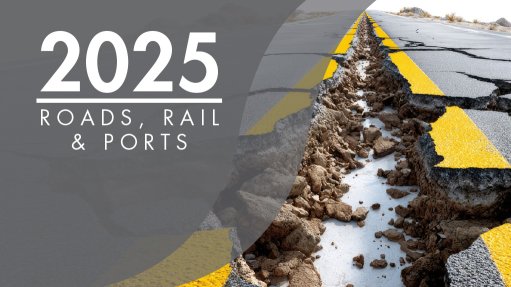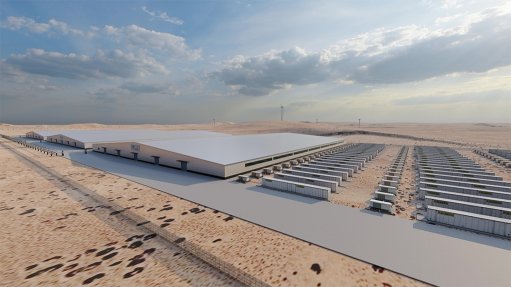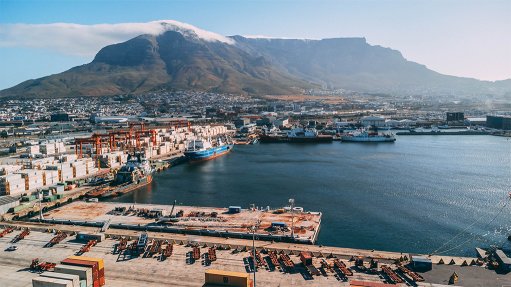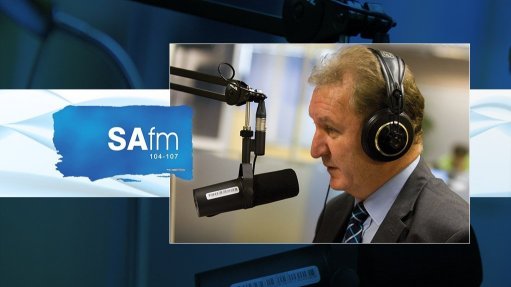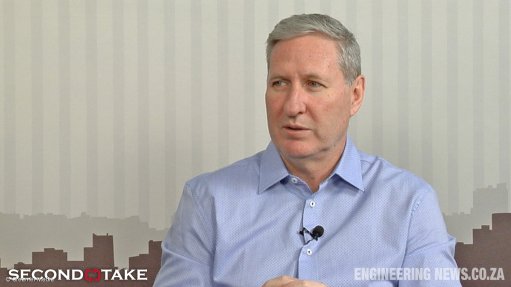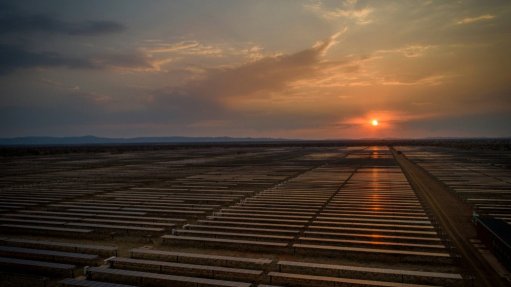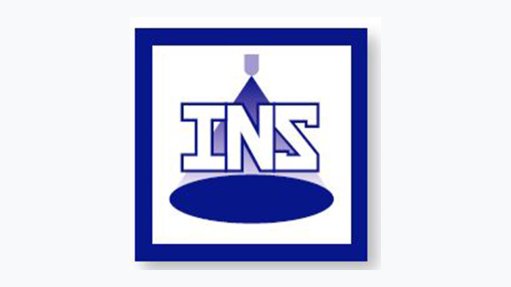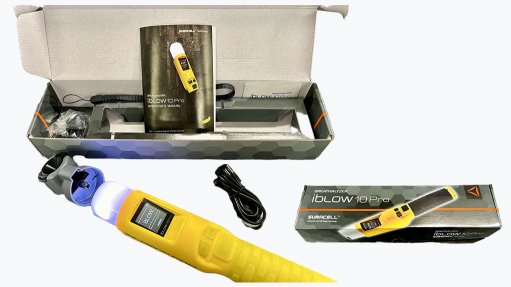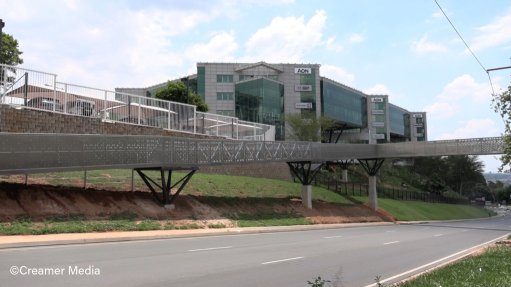Next six months critical for Takealot as it aims for full-year profit
E-commerce retailer and service provider Takealot increased its revenue by 23% year-on-year for the six months to September 30, and narrowed its loss before interest and taxes by 68% to R67-million, CFO Tessa Ackerman said.
“We are pleased with the results, which show continuous momentum in driving scalability and operational effectiveness, as well as our charge towards profitability at the end of the second-half of the financial year,” she said during a briefing on the results on November 25.
“However, we are cautious because the next six months will be critical to achieving these results, and specifically the next 60 days of the critical retail season,” she said.
Additionally, the company was not making any significant capital investments, such as expanding its distribution centres or adding new hubs, and was instead increasing and improving the operational efficiencies in its existing distribution centres.
It will, however, make the routine maintenance and replacement investments, as needed during the year, although this will not significantly impact on its profit and loss, Ackerman said.
Further, Takealot expects higher sales in the second half of its financial year to end March 31, 2026, and with its constant, fixed cost-base, this will drive profit that will wipe out the first-half loss and position the company to be in a profitable position by year-end, she said.
In terms of its subsidiary companies, the company's flagship online retail platform Takealot.com increased gross merchandise value (GMV) by 17% year-on-year, and this acts as a flywheel for the group by increasing the number of shoppers.
Meanwhile, the company's new Takealot Fulfilment Services (TFS), its emerging logistics platform business, is doing well, Ackerman added.
TFS supports third-party sellers on Takealot.com and increased the units it moved by 33% year-on-year, managing 1.5-million units over the six months under review, she said.
“It is still in its infancy, constituting only 3% of group revenue, but it is profitable, although the profit is still moderate at this point.
“TFS will be something to look out for in our 2027 financial year. We are busy building the vertical and the client base,” Ackerman said.
Additionally, the group's shop distribution services platform Mr D has grown GMV by 14% year-on-year for the six-month period, and revenue increased by 12%, she said.
It is adding more shops and restaurants to the platform, while purchases of groceries from retail company Pick n Pay using Mr D rose 47% during the period under review. The Mr D business remains profitable, which is expected to continue in the second-half of the financial year, Ackerman said.
TECHNOLOGY AND LOGISTICS
Meanwhile, Takealot CEO Frederik Zietsman noted that the company was making good use of robotics in its distribution centres. Its sorting robots in its distribution centres are automated and direct parcels to last-mile hubs in the centres.
These autonomous drones run based on quantity-recognition codes printed on the ground and direct parcels to the correct roll-containers that will take the parcels to the correct last-mile hub. This allows the company to move high volumes in a relatively small space in its performance centres, and these robots sort up to 200 000 parcels a day across its operations, he said.
It also has a specialised robot in its DC3 distribution centre, in Ekurhuleni, that handles larger items that cannot be placed onto the sorters, such as the large appliances, like dishwashers and fridges, that it sells.
While it does not think drones will provide last-mile deliveries in South Africa, Takealot is investigating the use of autonomous drones for mid-mile logistics. Drones used for these types of movement of parcels between distributions centres are larger than typical blade-driven commercial drones and typically look like small aeroplanes.
“These [types of drones] have been used successfully [for such a purpose] and may drive down costs. We are considering trialling some of the components of such a system, but the aviation regulations will need to be brought up to speed,” Zietsman said.
Takealot does make significant use of machine learning and AI systems, such as in its demand forecasting and search capabilities built into its website, he noted.
It is deploying agentic AI systems in its operating environment, as many of its processes and workflows are too slow, manual or not humanly possible to complete.
“We are using these [agentic AI] systems internally which are distributed in the format of a large-language model agentic protocol that our staff can use. They are motivated to use it, and we have about 900 agents in use in our operational processes.
“Employees can create their own agents, which feed off and into our data sources, to automate workflows and optimise analysis processes,” said Zietsman.
For example, the problem of where to place pick-up points, based on clustering of customers and proximity to high-demand nodes, was fundamentally solved within hours using an agentic AI system to undertake the analysis, he illustrated.
He scored the company a two out of ten in terms of using AI; not because it was lagging, but because there was so much headroom to use agentic capabilities in the business.
“We will eventually see this [AI] manifest in customer experience, such as through conversational or agentic shopping solutions.
“We will have to incorporate AI into our customer experience in the next 18 to 24 months, but we are confident that we can learn from existing processes and our vendors partners who will let us know what the best practice is for using AI to serve customers.”
Article Enquiry
Email Article
Save Article
Feedback
To advertise email advertising@creamermedia.co.za or click here
Comments
Press Office
Announcements
What's On
Subscribe to improve your user experience...
Option 1 (equivalent of R125 a month):
Receive a weekly copy of Creamer Media's Engineering News & Mining Weekly magazine
(print copy for those in South Africa and e-magazine for those outside of South Africa)
Receive daily email newsletters
Access to full search results
Access archive of magazine back copies
Access to Projects in Progress
Access to ONE Research Report of your choice in PDF format
Option 2 (equivalent of R375 a month):
All benefits from Option 1
PLUS
Access to Creamer Media's Research Channel Africa for ALL Research Reports, in PDF format, on various industrial and mining sectors
including Electricity; Water; Energy Transition; Hydrogen; Roads, Rail and Ports; Coal; Gold; Platinum; Battery Metals; etc.
Already a subscriber?
Forgotten your password?
Receive weekly copy of Creamer Media's Engineering News & Mining Weekly magazine (print copy for those in South Africa and e-magazine for those outside of South Africa)
➕
Recieve daily email newsletters
➕
Access to full search results
➕
Access archive of magazine back copies
➕
Access to Projects in Progress
➕
Access to ONE Research Report of your choice in PDF format
RESEARCH CHANNEL AFRICA
R4500 (equivalent of R375 a month)
SUBSCRIBEAll benefits from Option 1
➕
Access to Creamer Media's Research Channel Africa for ALL Research Reports on various industrial and mining sectors, in PDF format, including on:
Electricity
➕
Water
➕
Energy Transition
➕
Hydrogen
➕
Roads, Rail and Ports
➕
Coal
➕
Gold
➕
Platinum
➕
Battery Metals
➕
etc.
Receive all benefits from Option 1 or Option 2 delivered to numerous people at your company
➕
Multiple User names and Passwords for simultaneous log-ins
➕
Intranet integration access to all in your organisation




